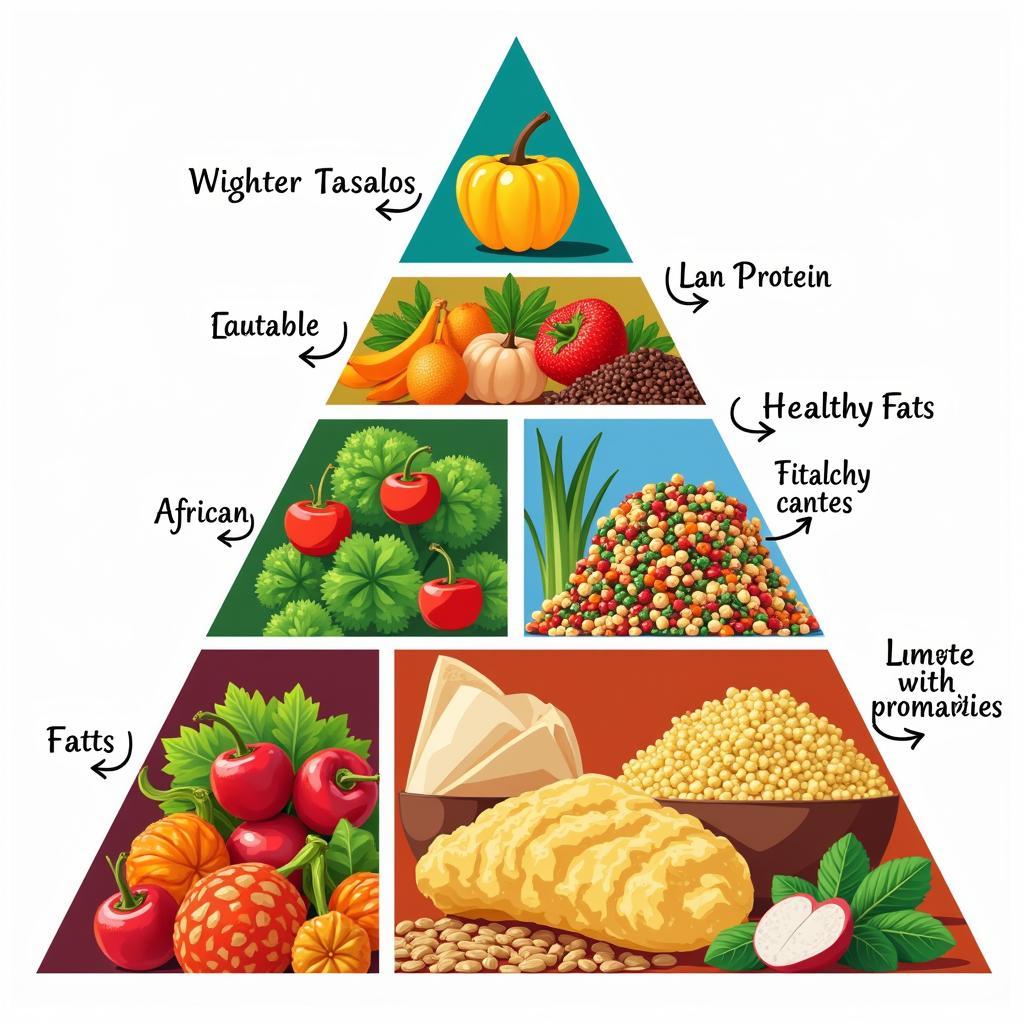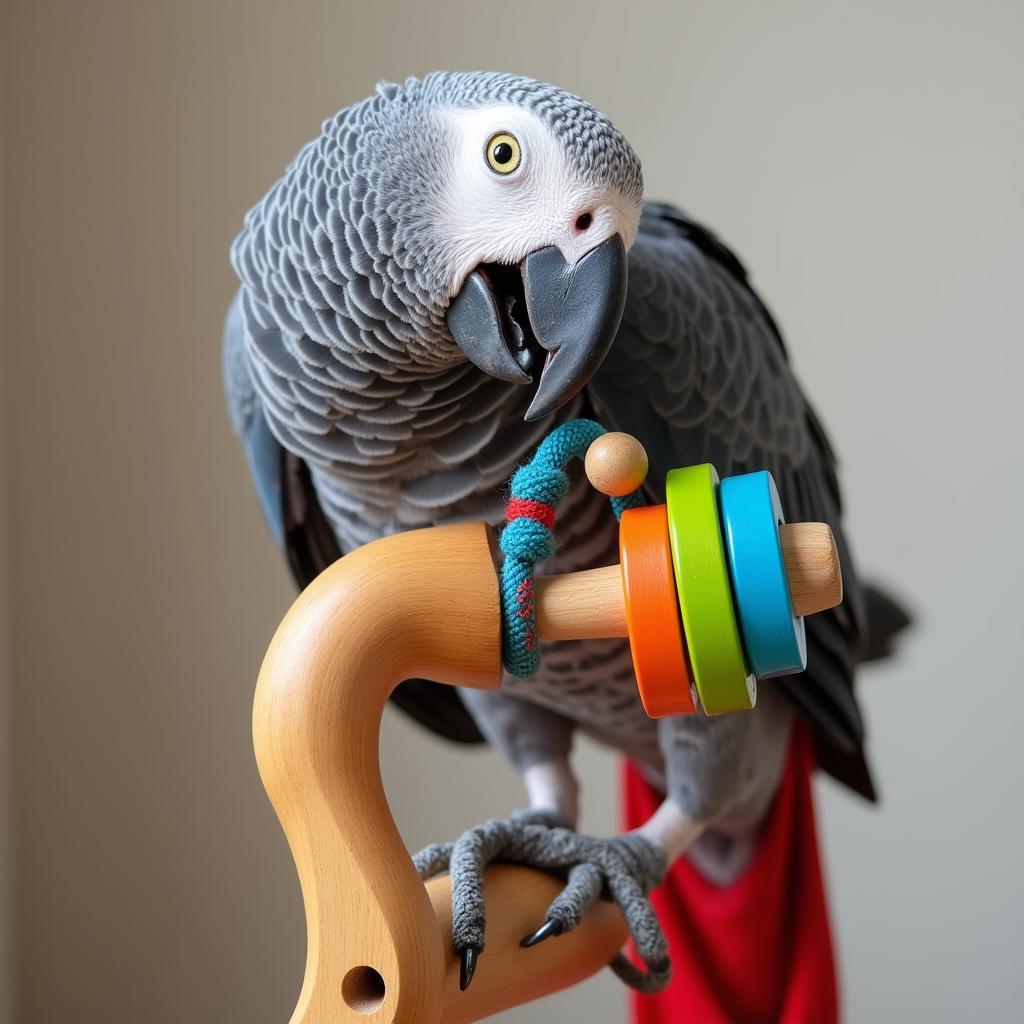African Grey Feathers Turning Red: A Cause for Concern?
African Grey Feathers Turning Red is a phenomenon that can be alarming for owners. While the classic silver and grey plumage is iconic, the appearance of red feathers can indicate various underlying issues, ranging from dietary deficiencies to environmental factors and even underlying diseases. It’s important to understand the potential causes to ensure the well-being of your feathered friend.
Understanding the Causes of Red Feathers in African Greys
Several factors can contribute to African grey feathers turning red, and understanding these is the first step towards addressing the problem. One common culprit is a nutritional imbalance, particularly a deficiency in vitamin A or beta-carotene. These nutrients play a vital role in feather health and pigmentation. Another potential cause is stress, which can manifest in various ways, including feather discoloration. Environmental factors, such as exposure to certain chemicals or toxins, can also affect feather color. Lastly, underlying health issues, such as liver disease or psittacosis (parrot fever), can sometimes manifest with red feathers as a symptom. It’s therefore essential to consult a veterinarian specializing in avian health to determine the precise cause and appropriate course of action.
Diet and Nutrition: A Key Factor
A balanced diet is crucial for maintaining the vibrant grey plumage of an African grey. Seeds, while a part of their natural diet, are not sufficient to provide all the necessary nutrients. A diet rich in fresh fruits and vegetables, especially those high in beta-carotene like carrots and sweet potatoes, is vital. Pelleted diets specifically formulated for African greys can also provide a balanced nutritional profile. Learning about African Grey body language can also help you understand their dietary needs. Perhaps your bird is trying to communicate a dislike for certain foods or a craving for something missing in their diet.
Environmental Influences on Feather Color
The environment plays a significant role in feather health. Exposure to certain dyes, especially in toys or perches, can stain feathers red. Similarly, some cleaning products or air pollutants can also affect feather coloration. Ensure your grey’s environment is free of harmful chemicals and provide plenty of fresh air and natural light.
Stress and its Impact on Plumage
Stress can manifest physically in African greys, including changes in feather color. Boredom, lack of social interaction, or changes in their environment can all contribute to stress. Providing ample mental stimulation through toys, foraging opportunities, and regular interaction can help alleviate stress and promote healthy plumage. Are you considering getting another African grey? Check out resources on African grey for sale by owner to expand your feathered family and provide your current grey with a companion.
When to Seek Veterinary Advice
If you notice your African grey’s feathers turning red, it’s essential to consult a veterinarian. They can perform a thorough examination and diagnostic tests to rule out any underlying medical conditions. Early diagnosis and treatment are crucial for ensuring your grey’s health and well-being.
Conclusion: Maintaining Vibrant Grey Plumage
Maintaining the beautiful grey plumage of your African grey requires attention to diet, environment, and overall well-being. By addressing potential causes of red feathers, you can help ensure your feathered companion enjoys a long, healthy, and colorful life, even if that color isn’t red! How long does it take for African grey eggs to hatch? If you’re considering breeding, understanding the incubation period is crucial.
FAQ
- Can red feathers be a sign of a serious illness?
- What are the best foods to prevent red feathers in my African grey?
- How can I reduce stress in my African grey?
- Are there any safe dyes for bird toys that won’t stain feathers?
- How often should I take my African grey to the vet for a check-up?
- Can sunlight help prevent red feathers?
- What are the signs of psittacosis in African greys?
Need further assistance? Contact us at Phone: +255768904061, Email: kaka.mag@gmail.com or visit us at Mbarali DC Mawindi, Kangaga, Tanzania. We have a 24/7 customer service team.



